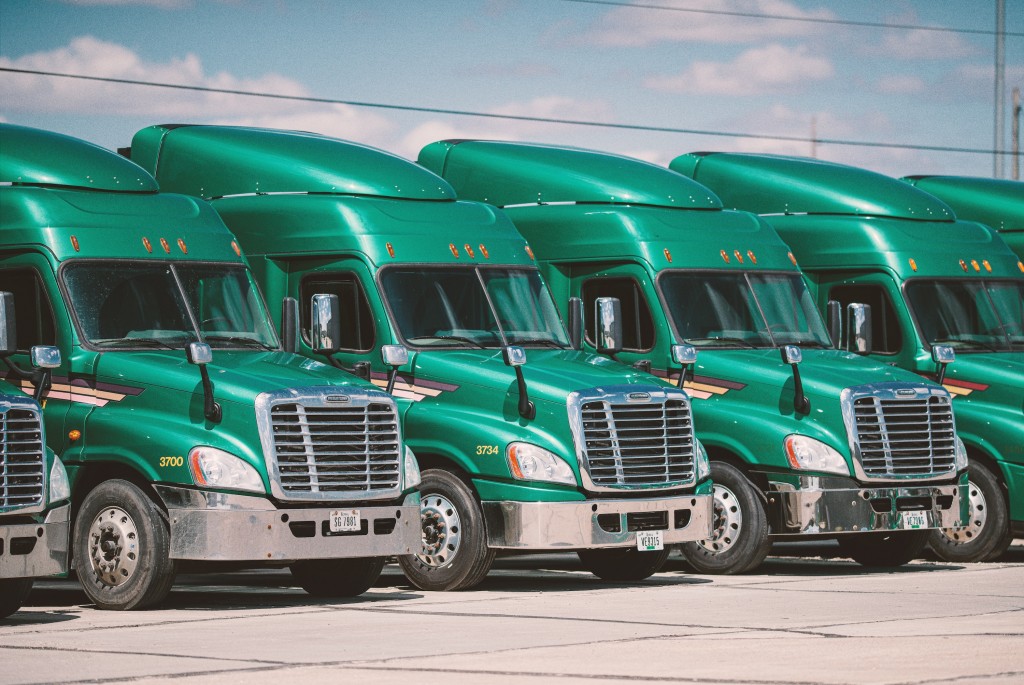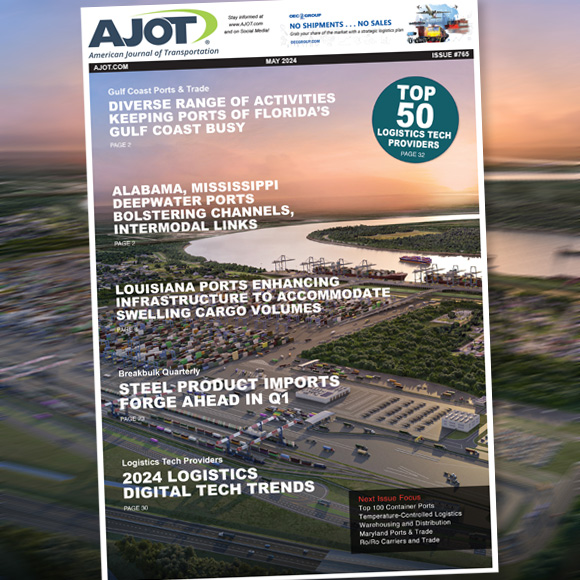By lightweighting trucks, fleet owners can significantly improve fuel economy and freight efficiency. Advanced features, driver amenities and electric batteries all add considerable poundage to commercial vehicles, but this extra mass can be offset by limiting the weight of a vehicle’s frame, chassis and other external parts. Lighter tractors and trailers can reduce fuel costs and lower emissions, while at the same still meeting commercial vehicle safety regulations.

Improving Performance and Fuel Economy
The increasing use of innovative and advanced materials in modern commercial vehicle design is helping to reduce fuel consumption while at the same time improving performance and maintaining high levels of safety. By reducing vehicle weight by just 10%, fuel economy is improved by up to 8%. The weight of a vehicle’s main body and chassis can be potentially halved when traditional steel components are replaced with lighter materials such as carbon fiber, magnesium alloys or titanium. With the addition of lightweight external parts such as a titanium exhaust tube, the overall mass of the vehicle is further reduced allowing for faster acceleration and deceleration as well as a reduction in fuel consumption.
Reducing Emissions and Air Pollution
Vehicle mass is intrinsically linked to fuel consumption, and decreasing overall weight helps to lower emissions and reduce levels of air pollution. In March, the EPA published new stringent regulations that aim to reduce harmful emissions from heavy-duty trucks. As from 2027, all new heavy-duty vehicles will be subject to these new standards that will restrict the emission of greenhouse gasses. Manufacturing vehicles using lighter metals and alloys will help to meet these standards by reducing vehicle weight and, as a result, CO2 emissions, without compromising the efficiency of other essential characteristics such as safety features.
Offsetting the Weight of Electric Batteries
As well as introducing stricter pollution regulations for cars and trucks, the government has recently set an ambitious target for 50% of new vehicle sales to be electric. Making the switch from gas-powered cars and trucks to more electric vehicles will be essential if the US is to meet its goal to be carbon-neutral by 2050. Of the 250 million vehicles on the roads currently less than 1% are electric. To improve this figure, fleet owners need to be able to offset the added weight of electric batteries without compromising on delivery range and payload capacity. This can be done through the use of lighter metals such as high strength steel for the chassis. In addition to lightening the truck’s frame, the weight of internal fittings in the cab can also be reduced. Unless a sleeper cab is really necessary, downsizing to a day cab can decrease the weight of a tractor by up to 1500lbs.
Lightweighting trucks and other commercial vehicles can help to improve fuel efficiency and lower harmful emissions. Weight can be lessened through the use of lighter metals and materials. With reduced mass, payload capacity is improved and any extra weight added by electric batteries is offset.





